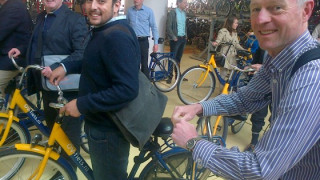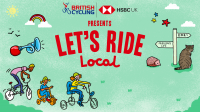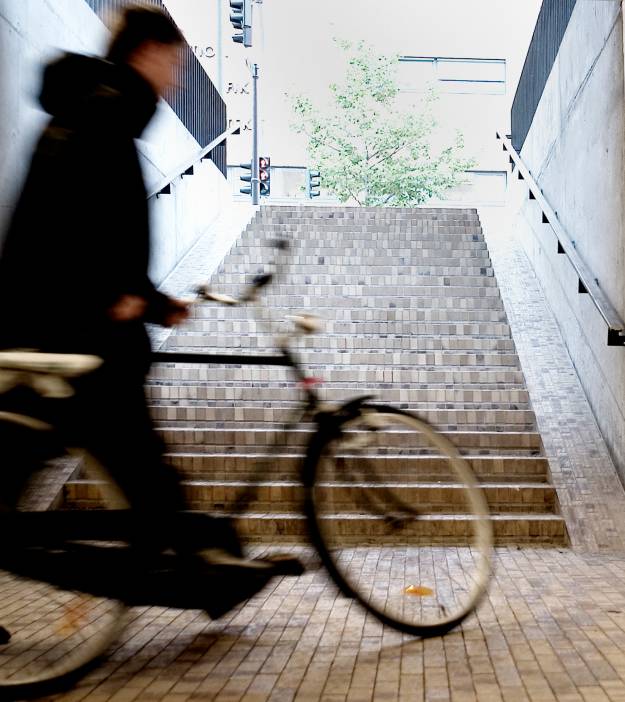Above: Martin Gibbs joined The Times' Kaya Burgess (centre) and TfGM's Dave Newton (right) for a fact finding trip to the Netherlands.
It is vitally important as we look to turn the UK into a cycling nation that we learn the lessons provided by other countries that have successfully incorporated cycling into their national consciousness.
The Netherlands is a fine example of this. In the 1950s, cycling was the favoured form of transport but increasing levels of motor traffic led to eroding levels of cycling and a rapid increase in fatal collisions. Prompted by a growing number of children being killed on the road, rising petrol costs and the oil crisis, a decision was made to make cycling an attractive alternative to travelling by car. Consistent investment and political commitment from successive governments has helped create the world’s best integrated cycle network.
"In Houten we saw how cycling was fully integrated into a new town. With a population of 50,000, 42% of journeys under 7.5km are made by bike."
British Cycling Policy and Legal Affairs Director Martin Gibbs
This week we are visiting the Netherlands on a tour organised by the Dutch Ministry of Economic Affairs and the NL Agency, which works to progress policy in relation to sustainability, innovation and international business.
Lord Tony Berkeley and Councillor Nigel Murphy, Executive Member for the Environment at Manchester City Council, and The Times newspaper’s Kaya Burgess have also joined me on the trip.
On the first day we visited Arnhem Nijmegen and Houten to see how cycling has been fully incorporated into both old and new towns and to learn some of the lessons from these projects.
In Nijmegen we heard about the campaigning that took place in the 1960s. Pressure groups including the Dutch Cyclists Union and other road safety groups decided to act after they saw that the Netherland’s cycling culture was slowly being eroded. They were keen to stress the importance of creating an infrastructure that is familiar. This means that people arriving at a junction, even if they have never previously used it, should have a fair idea of what’s coming. They also stressed that design should be forgiving of any mistakes a cyclist might make - 30kph speed limits, slower roundabouts and wide bike lanes were cited as a key part of ensuring this is successful. They want people to feel safe on and enjoy riding their bikes without worrying that the consequences of making a mistake could leave them seriously injured or dead.
In Houten we saw how cycling was fully integrated into a new town. With a population of 50,000, 42% of journeys under 7.5km are made by bike. All of their residential districts are easily accessible by bike with car journeys made by a peripheral ring road, making cycling or walking more convenient for shorter journeys. This is the result of a consistent policy over the last 35 years to make cycling a priority.
The average spend in the Netherlands over the last few years on cycling has been an impressive 28 euros per head. The recently published Get Britain Cycling report recommends a spend of £10 per head on cycling over the next few years. The results of spending this proportion of money is clearly evident in the success of cycling in countries like the Netherlands and Denmark.
Another interesting topic that was discussed by the Embassy was how they look to get people on a bike from a young age. In the Netherlands, children don’t have any public transport provision for getting to school. They are expected to ride to school and cycling is on their national curriculum at primary school.













